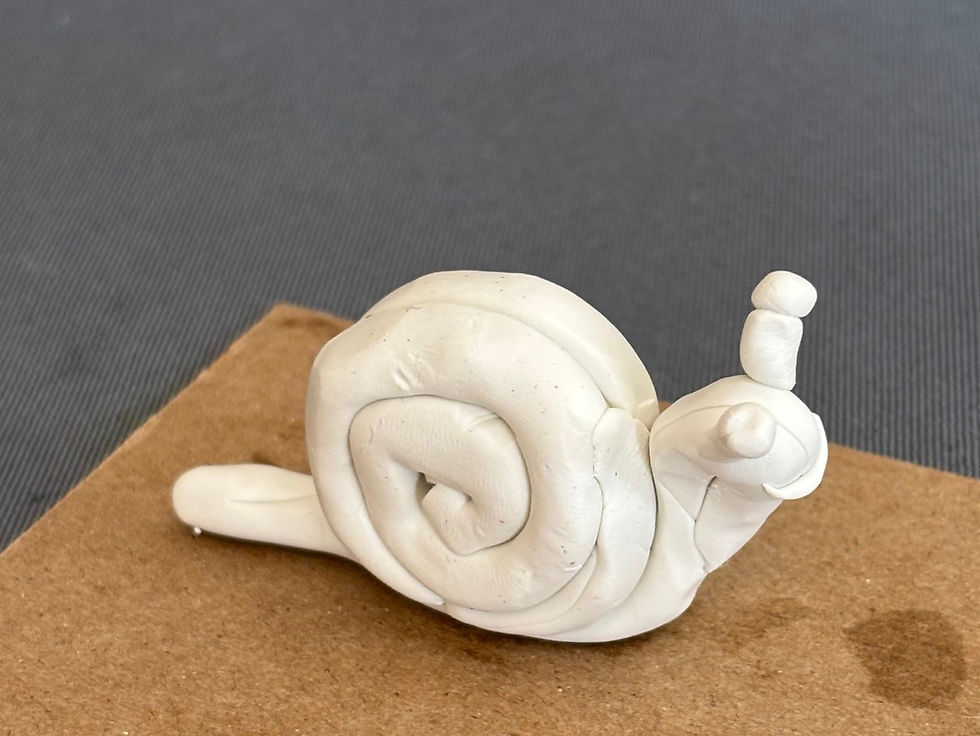What to Do with the Art You've Made (With a Little Help from David Sedaris)
- Peter and Debbie Scott
- Jun 2
- 2 min read
We’ve all been there: the paint is dry, the brushes washed, the room eerily quiet. You step back, look at the canvas, and immediately wonder what you're supposed to do with it. Hang it up? Hide it? Gift it to an unsuspecting relative. Pretend it never happened?
At Oakwood Art Studio, we see this moment all the time. You’ve poured a bit of yourself into your work, whether it's your first acrylic landscape or your third pet portrait, and now you're left with the strange responsibility of deciding what happens next.
This is where we take a page, literally and figuratively, from David Sedaris. Known for his sharply funny and deeply personal essays, Sedaris has a gift for turning life’s messier moments into something meaningful. He doesn’t write because he expects perfection; he writes because the process itself is worth something. The same holds true for painting. Your brushstrokes, missteps and all, matter. Your art doesn’t need to be flawless to be valid. In fact, sometimes it’s the awkward line or slightly lopsided dog ear that makes a piece feel
like you.
Instead of rushing to hang your piece in a gallery (or bury it in a closet), try this: keep it visible. Not on a pedestal, just around. Lean it on a bookshelf. Tape it to the fridge. Let it live with you for a while. Notice how, over time, the parts that first made you cringe soften. You start seeing what’s good. Maybe the sky isn’t quite right, but that tree? That tree is yours. That shadow really works.
And when space gets tight, there's a little trick we use at the studio: remove the canvas from its stretcher bars and store it flat. Suddenly, your “what do I do with all these canvases?” problem is a folder instead of a furniture crisis. It’s also the beginning of a portfolio, a collection of moments. A body of work that tells your story.
Every few months, take them out. Spread them on the table. Don’t judge, just look. This is the creative process in motion. Pieces you once wrote off as failures might suddenly feel brave, or strange in a good way. Some might still feel like duds, but that’s okay too. Sedaris often reads from his diaries, sometimes years later, finding humor or insight in passages he once dismissed. Your artwork works the same way.
Revisiting old pieces isn’t about ego, it’s about affirmation. It’s a reminder that you made something. That you showed up. That the process matters more than the result. And that, imperfect as they may be, these works are evidence of your courage to create.
So don’t panic when the paint dries. The life of a painting doesn’t end when you stop working on it. In fact, that’s when it begins.
Peter & Debbie




Comments